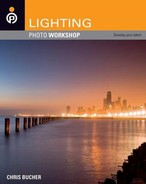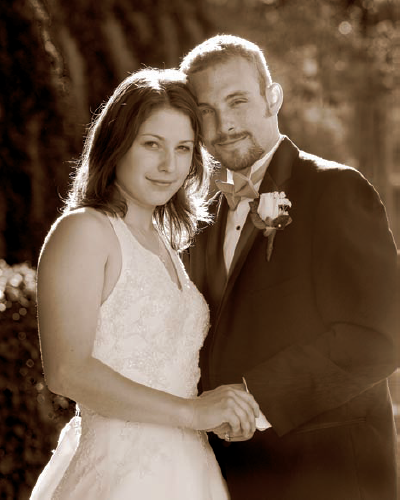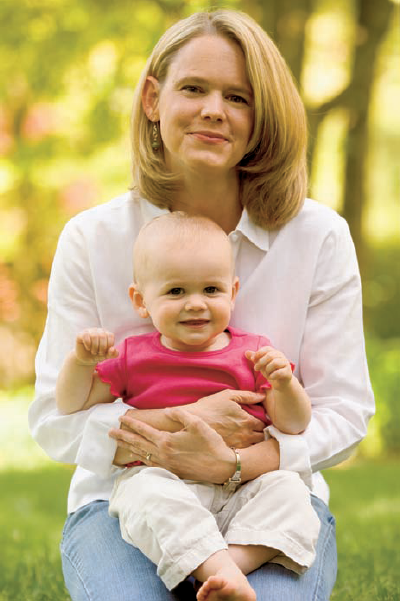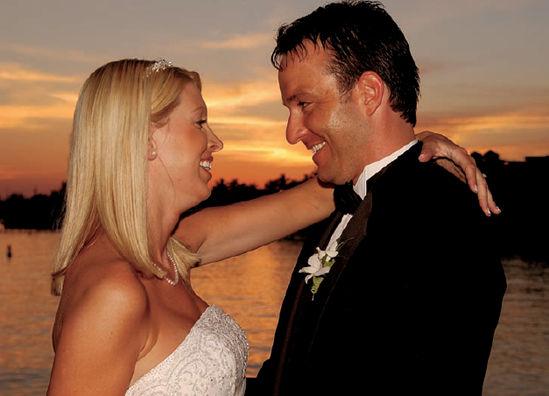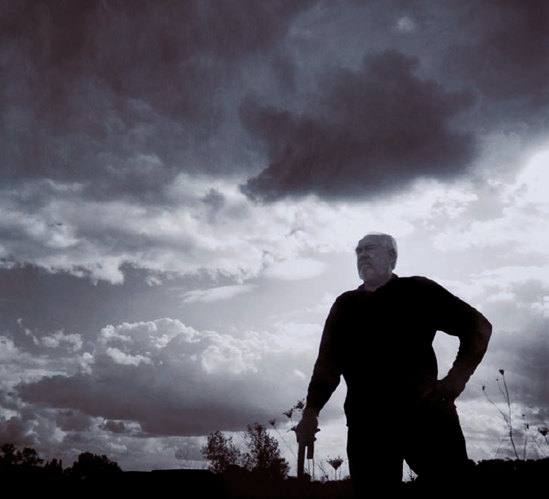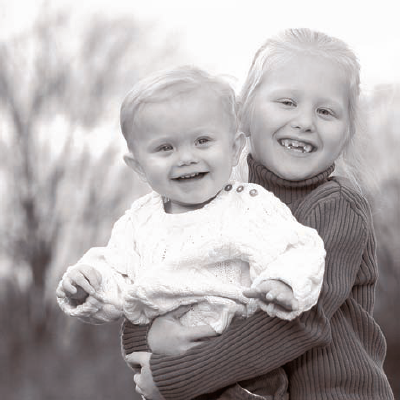
Shooting Great Outdoor Portraits
Finding the Best Light
Creating Better Light
Candids, Kids, and Environmental Photography
Working with Groups
Working with light when taking pictures of people requires some additional time and effort to get great results. When shooting people photographs, you may encounter many pitfalls that are easily avoided — don't avoid situations that can yield great images just because the lighting isn't perfect. Try to keep an open mind about the lighting in the scene you are working with, because when shooting people, the best light might come from places that you would never expect.
Many photographers prefer to shoot landscapes, flowers, and the like, because they prefer shooting subjects that stay still. People's expressions can be fleeting, and when you are shooting portraits of people, the intent is to show a part of them — the essence of the subject.
Photographing people is more than lighting, and learning to show emotion from the subjects that you are photographing is every bit as important, if not more important, than the light. Learning to work with a portrait subject takes time and practice. A photographer and subject must have a respect between them, but even more important is to make sure that the subject is comfortable in front of the camera.
Take time to talk, even for just a few minutes, with the subject, explaining what you are looking for in the photographs. What sort of emotions do you want the viewer of the photographs to have? What is the feel of the photo? Just talking about those types of things can help to create a better connection between you and the subject, enabling you to work better together, like in 5-1. The feel for 5-1 is supposed to be warm and pleasant. The light is very soft, and although she is smiling, she does not have the big cheesy grin.
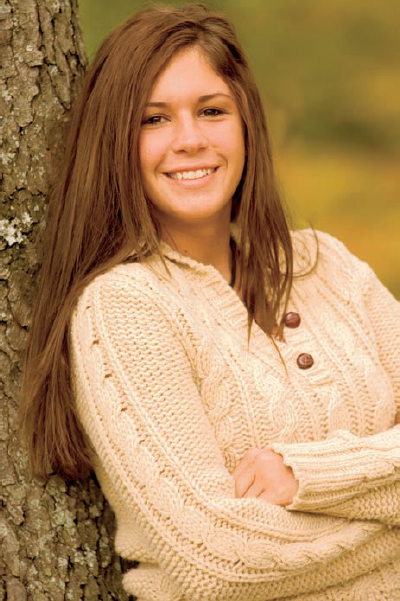
Figure 5-1. ABOUT THIS PHOTO Using a Nikon 80–200mm f/2.8 lens gets the photographer close to the subject without being right in her face. The exposure in the shade here was ISO 250 at 1/60 sec. at f/4.
When shooting portraits and people, the first thing to think about is setting a larger aperture. With a larger aperture (smaller f-stop number) you get less depth of field, which makes the subject sharper and the background more out of focus. By doing this, the subject appears to separate from the background more, putting more emphasis on the person, as in 5-2. Using a telephoto lens, or zooming closer with a compact camera, helps blur the background of the image. Another advantage of the larger aperture is that it also means using a faster shutter speed, to better stop the subject from moving. This is especially important in working with kids.
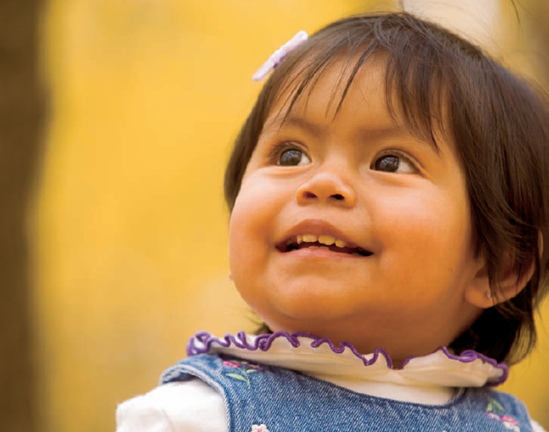
Figure 5-2. ABOUT THIS PHOTO The ISO for this shot was set to 200 with an exposure of 1/80 sec. at f/4. Because of the large aperture and the telephoto zoom lens set to 175mm, the background of fall foliage becomes a sheer blanket of out-of-focus yellow.
Using Aperture Priority automatic is very advantageous in portraiture. Being able to control the depth of field and letting the camera's meter control the shutter lets you work quickly, hopefully never missing a moment. When the light does get low, make sure to monitor just what the shutter speed is so that it remains fast enough to stop any blur.
Lighting for portraits outdoors is as easy as going outside, right? Well, maybe not. Generally, lighting for portraits is softer than bright sunlight. This softer light lets you see more of the eyes and more facial expression, as opposed to deep shadows across the face. The biggest problem with taking photographs of people in the middle of the day is the extreme contrast and shadows on the face caused by the direct overhead sunlight. This direct lighting creates shadows in the eye sockets, making people look like raccoons. Contrast often occurs even in late daylight, and because half of the image is in direct sun and the other in shadow, half of the face is either washed out or plunged into murky shadows.
In most cases, softer light is not too far away; it just takes a moment to look around and find it. The situation that you are looking for is called open shade. Open shade can come in the form of light haze, big trees, or even the other side of a building. When shooting in open shade, people are less likely to squint than they would in direct sunlight. When under the canopy of large trees, the softness of the light wraps around the subject's face, making it appear as if the light is coming from all sides, such as in 5-3.
Metering in open shade is a mixed bag. In most cases, the evaluative meter does great, but overexposing by +1/3 to +2/3 of an f-stop increases the brightness of the scene nicely. Make sure to set your white balance correctly as well, to the shade setting. Without setting the correct white balance, you run the risk of having your images appear too blue. Using the correct white balance maintains rich skin tones, and keeping the subjects near the edge of the shade helps to capture more of the direction of the light and texture to the faces, like in 5-4.
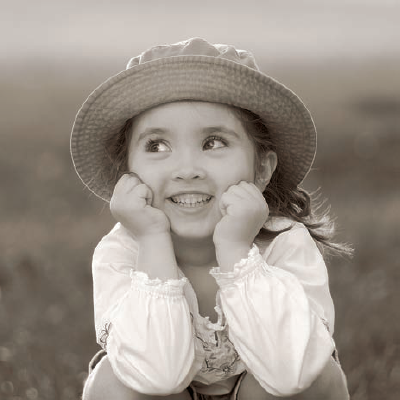
Figure 5-3. ABOUT THIS PHOTO A spotmeter was used to get an exposure off the face of this girl, and then the exposure was set manually to 1/160 sec. at f/2.8 at ISO 200.
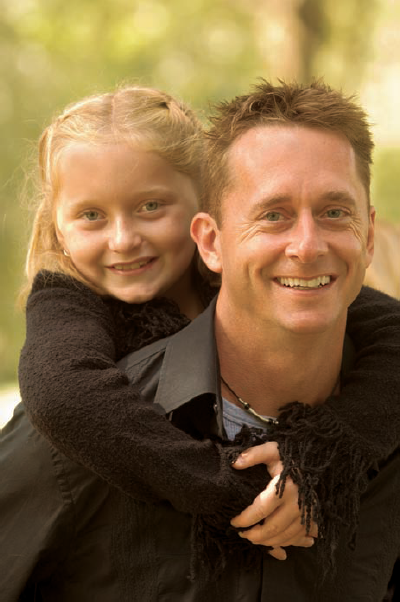
Figure 5-4. ABOUT THIS PHOTO This photo was taken with dappled sunlight all over. The light tree cover made for great texture in this image, with the camera set to ISO 200 at 1/30 sec. at f/5.6 and a center-weighted meter.
Shooting inside deeper shade, like that of a building or large overhang, can limit the exposure, but the lighting situation stays the same. Using the evaluative meter up close limits the amount of extraneous background light and is a great way to get the correct exposure as, in 5-5.

Figure 5-5. ABOUT THIS PHOTO The exposure in this situation was 1/40 sec. at f/2.8 at ISO 200. The exposure compensation was set to +1/3 to brighten the skin tone, and the white balance was set to shady.
Mottled sunlight, as from thin tree cover, can be especially tricky. The contrast of the bright spots needs to fall where it does not distract too much from the subject. The most important consideration in a situation such as in 5-6 is that any pockets of light on the subjects don't overexpose too much, especially on the face. Use exposure compensation if you need to, but mostly just watch where the light is. In this situation, the models can move, a slight breeze can move the trees, and, of course, the sunlight moves across the sky. So be sure that you are constantly monitoring just where the light is.
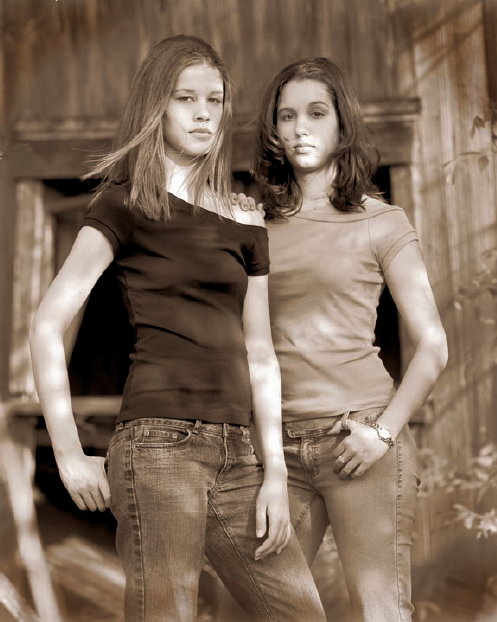
Figure 5-6. ABOUT THIS PHOTO Exposure compensation was set to +1/3, to make sure the shade was bright enough with the dark background. This photograph also was sepia toned in Photoshop Elements, adding a warm tone to the black and white image.
Shooting people while the sky is lightly overcast can also be great. This type of lighting creates a large soft overhead light, potentially with some nice highlights. Make sure that the light is soft enough or directed in such a way that the eyes of your subjects are not filled with shadows. The light in 5-7 still has quite a bit of contrast, as you can see from the nearly white sky and highlights on the hair of the couple. Because seeing the background is important, a smaller aperture and a wider lens were used for better depth of field.
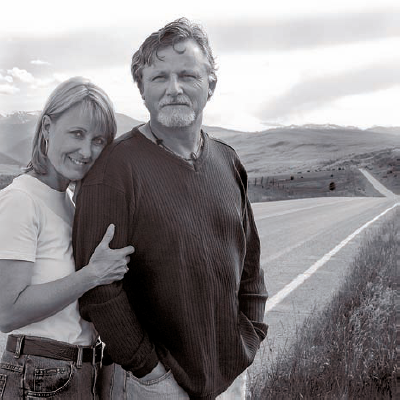
Figure 5-7. ABOUT THIS PHOTO Using a center-weighted meter was important so that the bright sky was not considered in the exposure. The exposure was 1/100 sec. at f/7.1 at ISO 200 using a 28–70mm f/2.8 lens.
Sometimes, no open shade is readily available. Inevitably, this happens when you need to shoot in the middle of the day. One place to find some shade is to have the subjects make their own shade. By turning your subjects so that the sunlight hits the back of their heads, their faces naturally are in the shade of their own shadows, as in 5-8. Turning the subject is not without pitfalls. Using this technique also can cause bright areas on the shoulders and heads of your subjects. To avoid these shadows, make sure to expose for the subjects' faces; use center-weighted or spotmeter or exposure compensation by about +2/3 f-stop, or both. With high, direct sun behind a subject, you also might get flare. Make certain that your lens is adequately shaded to prevent lens flare.
When the light has more direction to it than just overhead, you can use the directional light more to accent the people in your photograph. When the light is lower in the sky, that accent can be created by backlight. The light hits the back of your subject, causing a rim of highlight around the perimeter of your subject, which is shown in 5-9. This rim light makes the hair look like it is glowing, and yet the face of the subject remains in the soft light of the shade.
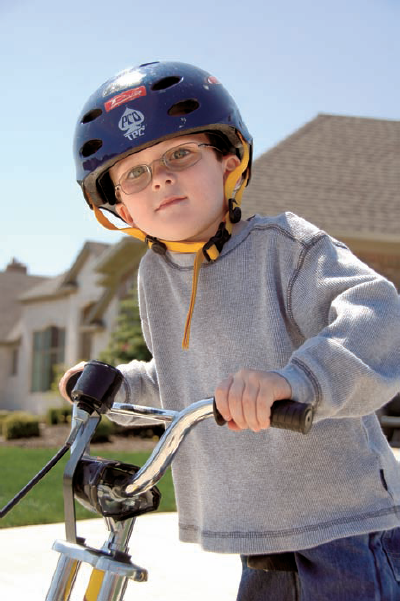
Figure 5-8. ABOUT THIS PHOTO By turning the subject against the sun, his face is in shadow, allowing you to see his eyes and his expression. ISO 200 at 1/640 sec. at f/5, with +2/3 exposure compensation and white balance set to shade.
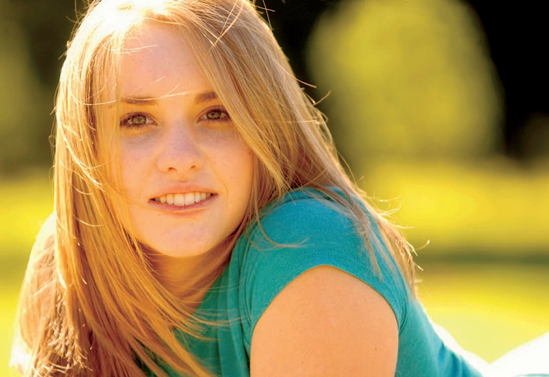
Figure 5-9. ABOUT THIS PHOTO The rim light accentuates the hair in this image with the white balance set to shade and the ISO at 100. The exposure was 1/320 sec. at f/2.8 and with an exposure compensation of +1/3.
This situation is ripe for lens flare, and remember that the exposure must be set for the face, so having the highlights of the hair might skew the exposure a little dark. Setting the camera to overexpose 1/3–1/2 of an f-stop helps. By using a spotmeter on the face in a subject like 5-10, not the jacket, dress, or the highlighted hair, you can also get the right exposure. (Some light lens flare on the right of this image makes the groom's jacket a little too light.)
In learning how to better see the light that creates compelling photographs, the next step is learning to create your own light. By using a few small tools and tricks, you can create better light and further add to the dimension of the light in your photography. As much as shadows help to create shape and drama in some types of outdoor photography, in portraiture, shadows must often be overcome.
Fill light is short for fill-in light, which means that you are trying to fill in the shadows with light. Since too much contrast on a face can often detract from a portrait, using a simple reflector can bring light back into the shadows — brightening the scene and allowing detail to be seen in the shadows.
A reflector can truly be anything that reflects the sunlight back into the scene — that is, a piece of white cardboard or white foam core, cloth stretched over some sort of a frame, someone else wearing a light colored shirt, or one of the vast amount of commercial reflectors available for purchase. The most popular of these are flexible discs with white, silver, or gold fabric stretched over a plastic frame that can be folded down and placed into a small pouch.
Learning to use a reflector takes a bit of time, and having someone to help hold it or some sort of a clamp and stand is recommended. The easiest way to use a reflector is to have a subject backlit and then hold the reflector toward the subject's face. Keep the reflector in the light and move it around. In bright sunlight, it is obvious when the light is hitting the subject. In lower light levels, it might not be as simple. Notice the angle of the reflector and how the angle correlates to the position of the sun and the person. In some cases, the reflector is virtually flat; sometimes, it is almost pointing away from the person, and other times the reflector is angled directly toward the subject. If you are having trouble seeing the light hit the subject, point the reflector directly at the sun and then slowly turn the reflector toward the subject, because roughly in the middle of those two points you can find the point where the optimal amount of reflection is evident.
Moving the reflector in and out of the scene also helps you determine the amount of light that gets filled into the shadow. In many cases, if you don't find enough effect, you need to bring the reflector closer to the subject. The reflected light also changes when the reflector has different material. A silver reflector has a much harder light than a white one, and a gold reflector reflects a much warmer light. In 5-11, you can see the use of a white reflector in a very backlit scene. You don't need to go out and buy fancy gold and silver reflectors, but if you want to experiment with the effect, wrap a piece of heavy cardboard with tin foil and spray paint the other side white, or gold. Or go to the hobby store and get a piece of gold or silver matt board. Any of these solutions costs less than $10 and can at least get you comfortable with using an additional piece of equipment.

Figure 5-11. ABOUT THIS PHOTO Using a simple white cardboard panel, the light was bounced back into the shadow of this backlit portrait scene. The exposure was ISO 200 at 1/250 sec. at f/5.6.
In some cases, a reflector just brings the light level up a small amount so that the light isn't so flat. This also helps so that the exposure level stays up, and the background doesn't get too overexposed. Even when the reflector is in a more shady area, bringing a white reflector close to the subject brightens up the scene a small amount. In 5-12, the reflector is just barely out of the scene to the left of the image, about 15 inches from the woman.
Turning on a strobe in the middle of a bright sunny day might seem to be unnecessary and unwanted, but turning the flash on full time might be the best way for beginners to get the best photos. A lot of shadows surround people, especially in bright sunlight, and using a strobe fills those shadowed areas with light with minimal effect on the bright areas. The flash simply brings the exposure level of the shadow area closer to the exposure of the sunlit areas, making for a more balanced exposure, as in 5-13.
In today's digital camera, the software is so advanced that balancing the strobe and sunlight to get a great exposure is totally automatic. Only a few years ago photographers would have to do complex calculations regarding distance from the strobe to the subject and the ambient exposure and the flash output level using charts or graphs; now, it is virtually a "set it; forget it" proposition.

Figure 5-13. ABOUT THIS PHOTO With sun hitting the couple from the left, their eyes and half of their faces are plunged into shadows. By hitting them with a bit of strobe, the shadows are opened up. ISO 200 at 1/640 sec. at f/4.
The flash fires, and during the millisecond that the shutter is open, the sensor and the computer determine exactly how much light is needed for the correct exposure and fire the flash exactly that much.
Using fill flash for portraits is also important to simply give them a little life. Even when good light quality is on a subject, using fill flash outdoors can add to the image. By turning the flash on, you can brighten up a face, add a sparkle to eyes, give some sheen to the hair, and soften the shadows, as in 5-14.
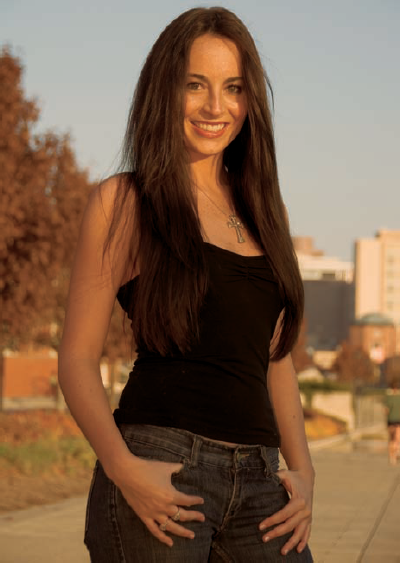
Figure 5-14. ABOUT THIS PHOTO Exposure was manually set to 1/250 sec. at f/5, using ISO 100. The evaluative meter gave the reading, and the accessory flash was set to TTL with flash exposure compensation set to −1/3 to lessen the flash a bit.
As the light gets lower in the day, fill flash is used to put light on a subject so that it does not appear as a silhouette. This is great for shooting against a sunset. The light is very bright behind the subjects in 5-15, and the exposure should be set for the background so that it maintains its color and richness. Using the strobe in its TTL mode automatically balances the amount of strobe light with the background exposure. If the subject is too dark or too light against the background, use flash exposure compensation to raise and lower the amount of flash power.
Much like a sunset, by placing the subject in front of a bright background a silhouette is almost ensured. Sometimes using only a little bit of fill flash is what is called for, such as in 5-16. Setting the exposure to get the proper exposure on the background is important, and using manual keeps the exposure consistent frame to frame. The exposure for the background sky is too dark to maintain any detail on the subject. The power of the dark subject is important, though, so just blasting this subject with light is not good. Using the flash exposure compensation, the power of the flash is set to −2/3, and the actual exposure stays the same. To further make sure that only a bit of light hits this subject, the strobe was zoomed to telephoto manually, and the lens stays wide. Further, the flash head is tilted upward so that the light hits only the subject's head.
Whether it's Murphy's Law or just unfortunate scheduling, oftentimes the weather you have when shooting people is more gloomy and overcast than what you were hoping for. Pictures without sunshine, however, can still look good if you know a few quick techniques.
The first thing to look for is some sort of contrasting background, such as the light sweater and dark green foliage of 5-17. This contrast helps separate the subject from the background. The next thing is to set the white balance to cloudy, which gives the image a neutral or warm tone in an overcast situation. It might be necessary to either use a manual white balance setting to further warm the scene or to use some of the color enhancements in Photoshop Elements.
Additionally, by overexposing 1/3 to 2/3 of a stop, you can brighten an overcast scene enough that it does not look gloomy.
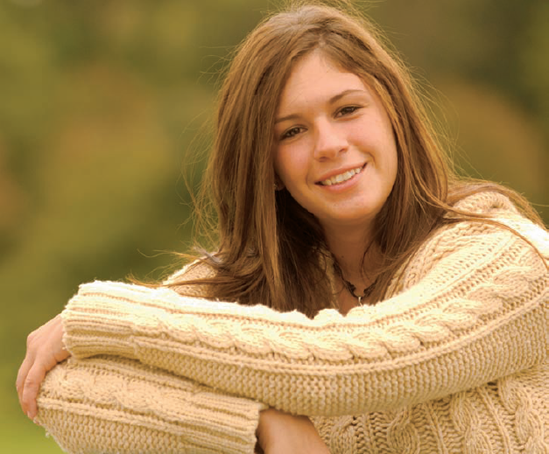
Figure 5-17. ABOUT THIS PHOTO Setting the camera manually to +2/3 overexposed over the meter reading, to 1/250 sec. at f/4 at ISO 250, helps an overcast scene overcome a gloomy look.
Using black and white is also a great way to deal with overcast situations. In 5-18, the kids have very light skin tone and hair, so putting them against the sky complements them. Adding a very small amount of fill flash can also just add a little life to an overcast portrait.
This might appear to be a wide-ranging section, but these topics are more related than you might think. A large part of shooting people when you are out and about — either for candid shots or environmental shots — has to do with being ready for anything. Making certain that the camera is set to do what you want it to do before you even sling the camera strap over your shoulder saves a lot of time and allows you to get the shot instead of missing it because you were fiddling with your camera. Working with kids is much the same, but having patience as well as forethought is immensely helpful.
In 5-19, an overcast day makes the light rather flat, but with a camera already with a telephoto lens, the white balance set to cloudy, and the exposure set correctly in Aperture Priority mode, when the little cowboy takes a stroll over the small bridge, everything is ready without having to give him any direction.
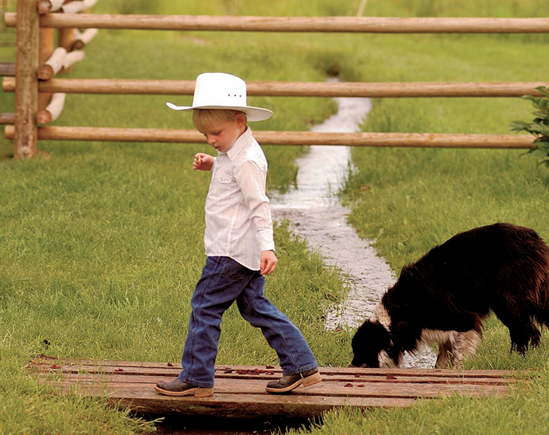
Figure 5-19. ABOUT THIS PHOTO Exposure was set to f/3.5 in Aperture Priority automatic, which allowed for the background to be slightly out of focus, letting the subject pop out of the background. The shutter speed is 1/250 sec., which stopped his movement.
Having the camera already set makes it easy to capture far more beautiful light when the sun pops out unexpectedly, like it did a few minutes later. Notice in 5-20 that the foreground is dark, meaning that he is in the sun, but just outside of the shade in front of him. The only difference in the settings between the two images was that the aperture was set to f/4 in 5-20 as opposed to f/3.5 in 5-19 in order to get slightly more depth of field with the lens zoomed to a longer telephoto.
When shooting candid photographs it also is very important to recognize the importance of the moment that you are photographing and be ready to capture it. Legendary Photographer Henri Cartier-Bresson called this "the decisive moment."
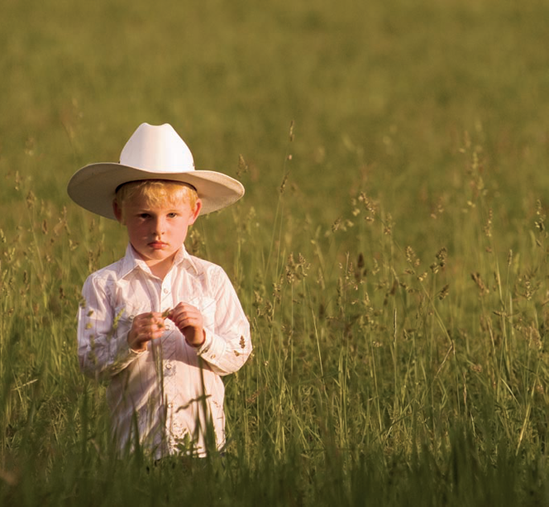
Figure 5-20. ABOUT THIS PHOTO The exposure in this image was f/4 at 1/750 sec. Using Aperture Priority allows you to control the depth of field, quickly maintaining the correct exposure by letting the camera determine the shutter speed.
Now that you have looked at so many lighting situations, you should be able to read what the light is doing and already have in mind what you and the camera should be doing to capture the light as needed to create your image.
In creating more of an environmental portrait, waiting for the moment, and waiting for the lighting at that moment is just as important. When the subject just sits comfortably in a favorite chair and the light from a large picture window lights up the subject's face, don't hesitate for one moment. In trying to capture people's nature and their essences, it is important that they are comfortable. This is far more important than making sure that the subjects have big smiles.
Being comfortable with the camera allows you to work quickly so that the subjects don't lose interest or the look that first captivated you. In 5-21, using a thumb switch to quickly access the spotmeter in order to capture the delightful window light on this subject's face happens in a snap. The result tells a far bigger story of who this man is than if he were posed and directed.
Using the different exposure modes, Aperture Priority, Shutter Priority, Program, or Manual all has a lot to do with personal preference and how things work best for you in each situation. Each exposure mode has its own advantages and disadvantages. No matter which one you select, make sure that you monitor what choices the camera is making as it corresponds with the decisions that you make. If you use Aperture Priority, make certain that you still have a fast enough shutter speed to stop your action, and if you use Shutter Priority, make certain that you have the depth of field that you need.
When shooting people, the situation is often dynamic. A very posed portrait quickly becomes a great candid look at a couple as they react to their kids hamming it up in 5-22. Being able to keep your eye in the viewfinder to capture priceless moments that can never be reposed is a great skill to develop.
When the focus of the image is a person, capturing even just part of the face can be an effective way to get a sense of the essence of the subject. Using a telephoto lens helps to limit the depth of field. In 5-23, the background becomes totally obscured. The telephoto lens in this case was a 200mm, and the lens along with the aperture of f/2.8 keeps the depth of field very shallow. This is useful when the subject is against a distracting background and keeps the distractions to just background shapes. This shallow depth of field situation is particularly demanding on the focus, so make sure that your focus is locked on and that you refocus the camera often when shooting that tightly as any camera or subject movement could result in out-of-focus images.
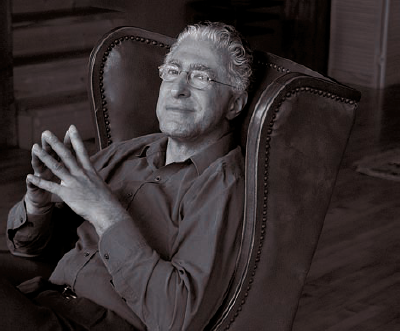
Figure 5-21. ABOUT THIS PHOTO A spotmeter determined that an exposure of 1/40 sec. at f/4 was correct to capture the light on this subject's face. The texture of the face, hands, and shirt is a result of light from a big window.
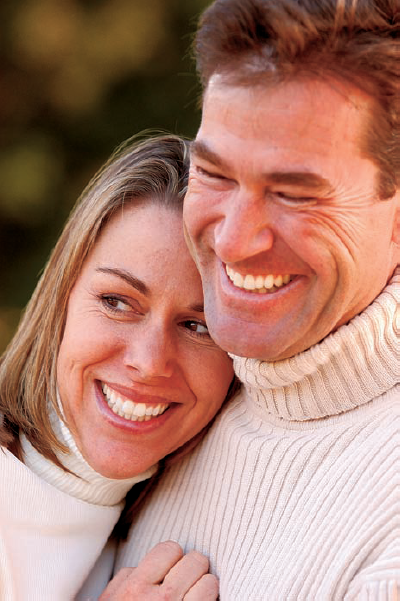
Figure 5-22. ABOUT THIS PHOTO The exposure for this image was set to 1/125 sec. at f/4, using ISO 400. The meter reading was taken with the center-weighted meter set to Manual exposure mode.
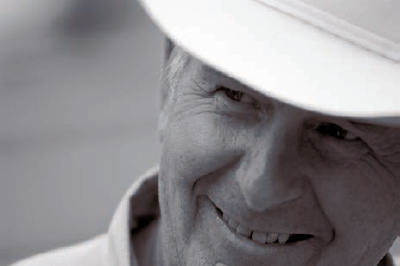
Figure 5-23. ABOUT THIS PHOTO With the brim of his hat blocking quite a bit of light from his face, it was important to set the exposure correctly. This exposure was 1/250 sec. at f/2.8 with the exposure compensation set to +1/2.
The same situation crops up with kids even more frequently. Shooting children is challenge enough, but they also work against photographers by being happiest where there is the most clutter. By getting a child close to a window to create nice soft light and then using a shallow depth of field and a telephoto lens to eliminate any clutter, you can create great images of kids, as in 5-24.
When lighting groups, you face a number of challenges. Photos of one person can use very shallow depth of field, but even one other person can change the amount of depth of field necessary for an image. Further, getting good light on everyone in the group is always a challenge. People can cast shadows on one another if the scene is sidelit, or if in the shade, almost invariably one tiny ray of light is hitting one person, causing him to be washed out while everyone else is properly exposed.
So working with groups can be just as much about location as it is about lighting. Finding the location with even or flat light can be a challenge, but when the groups are large, you need light that covers all the people in the group so that you can see everyone's face. The obvious problem is that when the light is shady or overcast, you have less light and, thus, less depth of field. Using a wide-angle lens can help with depth of field because there is more inherent depth of field as the lens gets wider.
Increasing the ISO is another way to increase the depth of field. In order to get the most people in focus, increasing the ISO from 100 to 200 allows for an aperture of f/8 as opposed to f/5.6 to be used in 5-25. This small increase in ISO really does not change the image quality substantially but increases the depth of field a fair amount. Even increasing the ISO to 400 is okay in most cases, unless you know the image will be printed extremely large. Large groups like this often cause a photographer to split some differences in order to get the best possible shot. Trade-offs between image quality and depth of field and between depth of field and the risk of blur are all things to weigh into your photography.
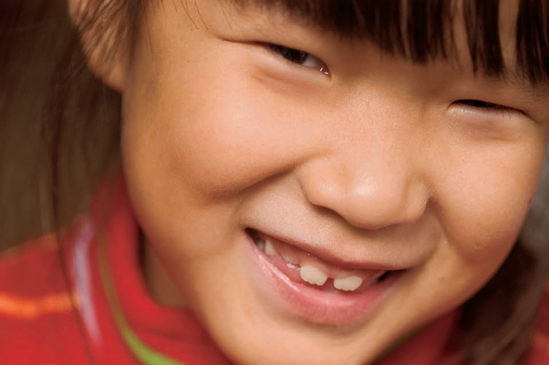
Figure 5-24. ABOUT THIS PHOTO A large window on the shady side of the house makes for great soft light, and getting tight with a telephoto lens eliminates distractions. 105mm Nikon Macro with an exposure ISO 200 at 1/250 sec., f/3.2.
Remember to shoot a lot when it comes to large groups. Blinks often ruin great group photos. According to the Commonwealth Scientific and Industrial Research Organization, for groups of fewer than 20 people, if you divide the amount of people by three, and take that many shots, you have a 95-percent chance of getting at least one shot without blinks.
When shooting smaller groups, lighting can be more creative and dramatic, but remember it is still important to make sure that light is on everyone in the scene. Using a large white reflector next to the camera brightens up everyone's face quite a bit, even though everyone is in shadow in 5-26. Having the subjects in shadow and the background lit up so brightly can cause the meter to underexpose the subject too much. Make sure that you get your meter reading from the light hitting the subject, by either zooming in close on one of their faces or using the spotmeter.
If you have something to bounce the light off of, using a strobe unit for a group shot is helpful in making sure that any deep shadows are filled in. The light in 5-27 is a dappled sunlight, making the light slightly different on each girl. Using the ceiling of the gazebo, the light from an on-camera strobe is bounced up softening the strobe and evening out the light. When you don't have anywhere to bounce the light, but you still want to soften it, you can buy a light modifier for your on-camera strobe.
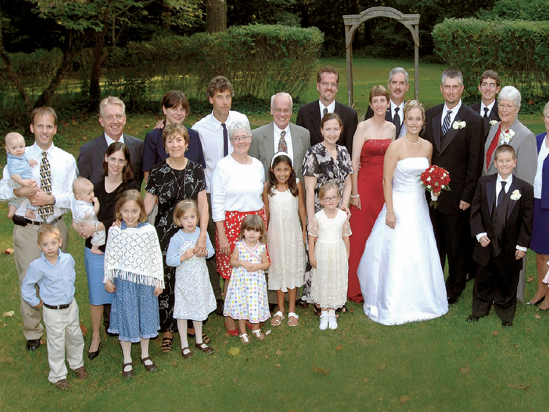
Figure 5-25. ABOUT THIS PHOTO Getting everyone in the shade and setting the white balance for shade was the best way to have the whole group evenly lit. f/8 at 1/45 sec. at ISO 200 with the fill flash set to normal.
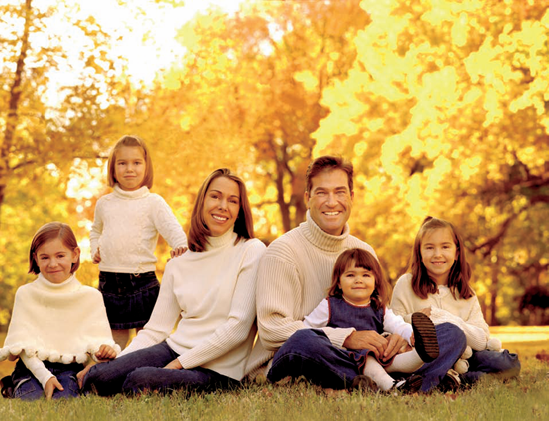
Figure 5-26. ABOUT THIS PHOTO Using an exposure of 1/60 sec. at f/5.6 in the Manual exposure mode after metering for their faces, the brightness of the background was disregarded. ISO was set to 100, and the white balance was set to shade.
A light modifier can be anything from a 3 × 5 index card to a very expensive piece of plastic that is designed and shaped to fit directly onto your strobe. These modifiers all do essentially the same thing, redirect and diffuse the light, so that it doesn't appear like such a harsh blast of light. There are a number of companies that make light modifiers, including Lumiquest, Sto-Fen, Chimera, and Gary Fong.
Most of these still work with the TTL sensor in the camera so that your exposure is accurate, and most camera shops have these accessories. If none of those things is available, and you are trying to avoid the harshness of direct strobe, you can use tissue paper or even copy paper loosely taped over the flash head in a pinch to help diffuse the strobe light.

Figure 5-27. ABOUT THIS PHOTO The strobe was bounced up into the ceiling, which evened the light from the faces that were in shadow and the faces that were in sunlight. Exposure of 1/60 sec. at f/5.6 at ISO 100.
When composing groups, one thing to keep in mind is to try to keep the faces in triangles. This is easy when you are shooting a group of three or six, but when you have four faces, it becomes harder. By composing the faces in triangles, the image becomes more dynamic and balanced in the image. In 5-27, the triangle created by the faces is obvious; in 5-28, the diamond shape created by the faces is made up of a number of triangles: mother, father, and baby; mother, father, son; and so on.
It is also important to get the faces close to the same plane for two reasons; the first is to keep everyone in focus, especially when dealing with shallow depth of field or telephoto lenses. The second reason is to keep everyone in the same light, and shadows often happen with sidelight. Make sure to get as much of everyone's face out of the shadow and into the light as possible.
Shooting groups indoors often creates a need for additional light. Rarely is there enough light, even at ISO 400, to get enough depth of field indoors with available light. The easiest way to get more light is with your on-camera flash, but trying to get natural-looking light with a strobe on top of the camera is difficult. Try swiveling the strobe head to point the flash into a wall or reflector in an attempt to create nice sidelight.
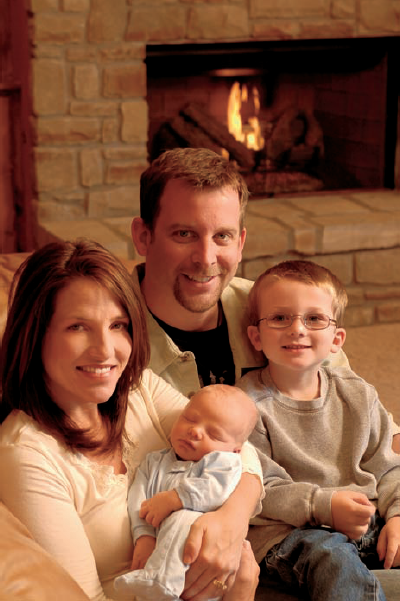
Figure 5-28. ABOUT THIS PHOTO The flash came through an umbrella, creating nice sidelight. The exposure was set to 1/40 sec. at f/5; the slow shutter captures the firelight; and a gel placed on the strobe balances the ambient color temperature.
Some digital cameras now have the ability to fire their strobes without being attached to the camera. This usually entails a camera with an attached strobe to be the master or commander unit, and a second strobe to be the remote unit. The light from the master strobe can be turned up, down, or off, as can the remote unit. These strobes are all connected through an infrared sensor system that is wireless, so the Through The Lens metering system still works, making this system seamless and easy to use (see 5-28).
Candid photos can be challenging because you might have to take a few to get just the right shot. You can't really tell your subject to move into the right light, because the image would no longer be candid. Take your camera to a family gathering or a party and capture candid shots. Choose your best photo and describe the lighting challenge you faced and why the chosen image turned out so well.
I took this picture under a shady tree at a park at noon. Almost any time of day you can shoot photos of people in the shade. Some dappled light is on his hair, and the background is bright. Make sure to get your exposure off of the subject, not off of the background. The exposure here was ISO 200 at 1/80 second at f/6.3. I used the evaluative meter and the shade white balance. Another tip is to get lower when taking photos of kids; get on their level. They behave better, and your photos turn out better.
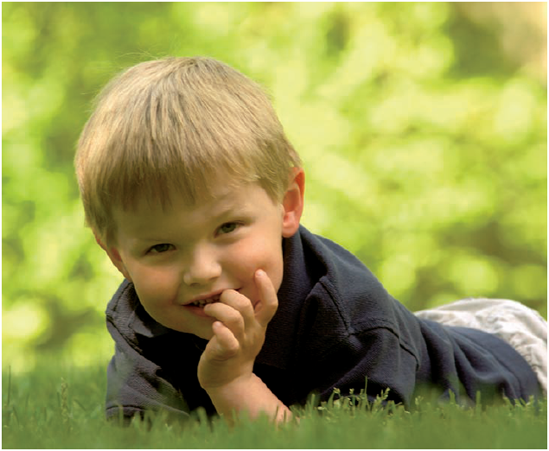
Note
Remember to visit www.pwassignments.com when you complete this assignment and share your favorite photo! It's a community of enthusiastic photographers and a great place to view what other readers have created. You can also post comments and read other encouraging suggestions and feedback.
